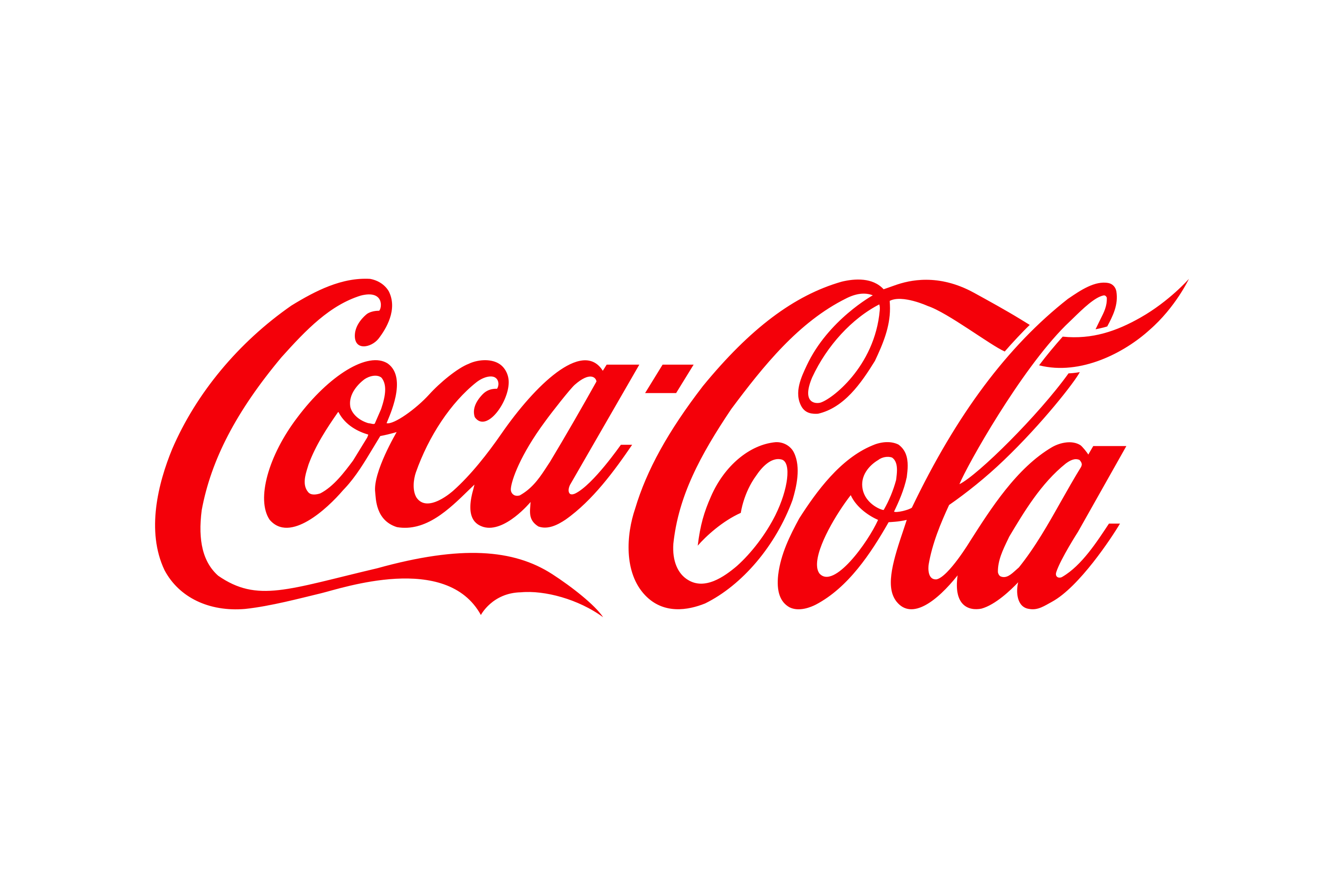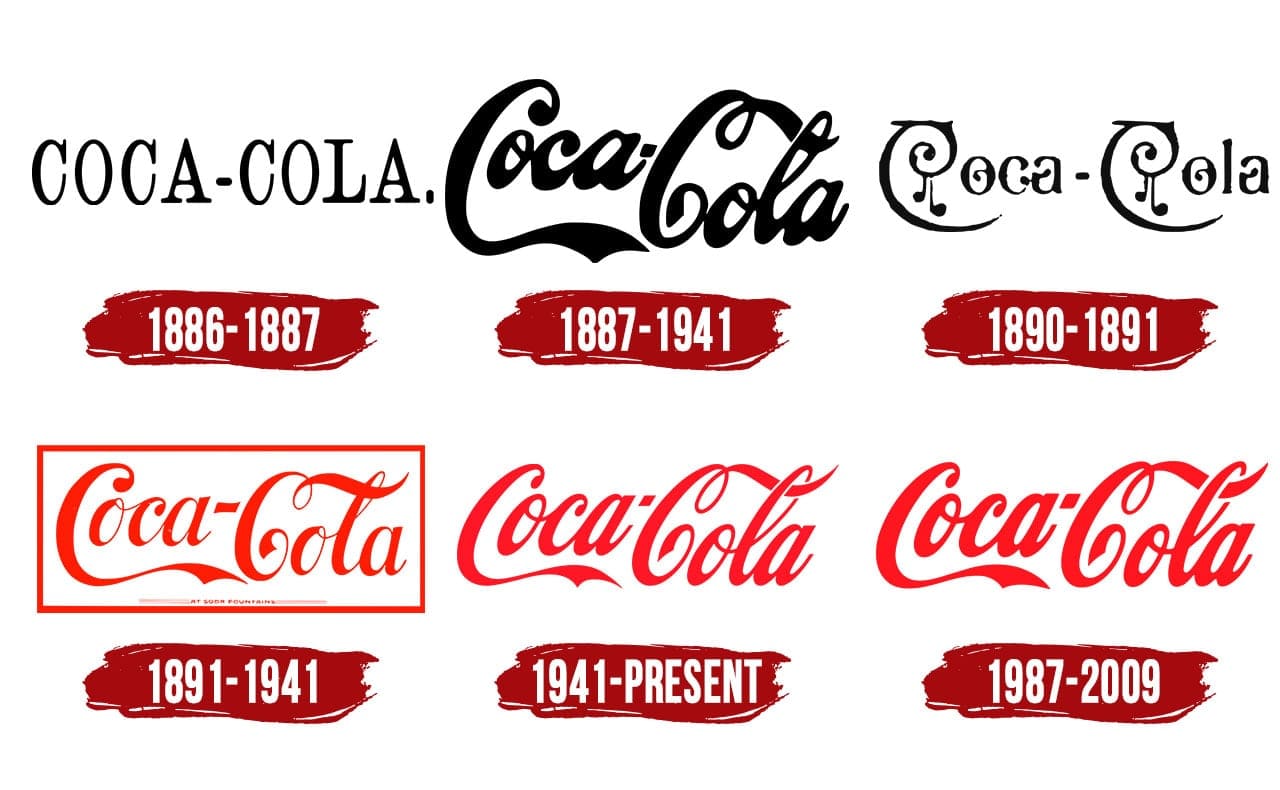
Xenoblade Chronicles is a role-playing video game and part of the Xeno series. The Xeno series has a history of some of its entries being developed by Square, and others by Monolith Soft. Xenoblade Chronicles itself was developed by Monolith Soft and published by Nintendo for the Wii. The game just became a decade old just one year ago, as it released in Japan in 2010, but the cover art still remains timeless. This video game has a long story and has very complex in-game mechanics such as the combat system and customization. Some of the game’s strong points are its story, its characters, its huge, open world, and the engaging battle system. All of which create a memorable experience.
What makes the cover art so special is how well it depicts the powerful narrative of this game’s story. The story of the mysterious red sword on the cover called the “Monado” and threat of the “mechon” forces coming from the enormous, mechanical-like titan in the background known as “Mechonis.” The plot explores the main protagonist, Shulk, and how he discovers the capabilities of the Monado throughout the story, as he and the main cast aim to stop the struggle between the two titans, the “Bionis” and the “Mechonis”. Since everything in this cover art is meaningful, even the little scraps next to the Monado tell its own story; they are scraps of mechon parts. They could have easily left this out of the cover, but having it there shows more of how significant the Mechonis is to the plot of the game. The storytelling in this JRPG (Japanese Role-Playing Game) has captured the hearts of so many people, and this art captures it quite well. The Monado is placed in the foreground and is a good example of interposition. Moreover, the Mechonis in the background adds a lot to the enigma eminating from the visuals. It being very far in the background really gives an idea of how massive it is. To put things into perspective, the Mechonis has been proven by fans of the game to be much larger than Mount Everest. Moreover, the fog surrounding the Mechonis in the background makes for its ominous appearance, a detail that helps establish more meaning to the cover.
The cover art of Xenoblade strongly depicts the open world aspect of the game because the vast grassy field shown is actually part of the massive biological-like titan, called the “Bionis,” that people live on top of. The fact that this huge field is just a small part of the titan just shows how big they actually are. A big part of this game is exploration, and the cover art emphasizes how vast the world is.
The logo itself uses the typeface, Helvetica Neue Black Italic. The special design adds a lot to its appearance, and has its own particular style to it. Further installments of the Xenoblade franchise, Xenoblade Chronicles X and Xenoblade Chronicles 2 inherit this typeface and similar kind of art-style in their logos.


The logo style is very iconic to the franchise and really makes the installments stand out as “Xenoblade” games when glancing at the logos.









 This poster uses many Gestalt principles to produce a sense of unity in the image. You can clearly see synchrony from how the characters are placed in the same direction flowing down in the shape of a pyramid as well as outlying characters in the same place on either side of the pyramid. The pyramid shape is a great example of the Gestalt principle of Order and Symmetry, the characters in the movie are evenly placed on either side of the poster flowing downwards from the most important character of the movie at the top and the largest as well as the primary characters in the focal point of the picture. The principle of Similarity is seen through size, the largest characters are at the center of the pyramid and the smallest characters are seen at the bottom and the outside of the shape. This poster is almost the epitome of using gestalt principles, but that’s not the only visual tactics it uses.
This poster uses many Gestalt principles to produce a sense of unity in the image. You can clearly see synchrony from how the characters are placed in the same direction flowing down in the shape of a pyramid as well as outlying characters in the same place on either side of the pyramid. The pyramid shape is a great example of the Gestalt principle of Order and Symmetry, the characters in the movie are evenly placed on either side of the poster flowing downwards from the most important character of the movie at the top and the largest as well as the primary characters in the focal point of the picture. The principle of Similarity is seen through size, the largest characters are at the center of the pyramid and the smallest characters are seen at the bottom and the outside of the shape. This poster is almost the epitome of using gestalt principles, but that’s not the only visual tactics it uses. 
